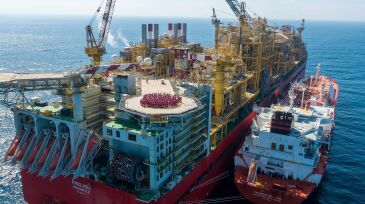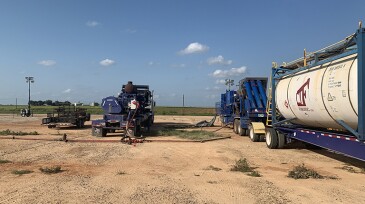Production
Spanish yard will prep the almost 40-year-old FPSO for redeployment opportunities for new owner.
Best practices are not static; they evolve alongside advancements that redefine what is achievable.
This study leverages oil-fingerprinting technology and geochemical data to evaluate the fluid connectivity between a main field and its stepout wells.
-
2020 was a year of turmoil for the upstream industry in the US, while 2021 proved to be a year of recovery.
-
Being first isn’t easy, as the massive Prelude has demonstrated. Since being commissioned in 2018, the world’s largest vessel has suffered a series of setbacks and has now halted production for an indefinite period of time.
-
Next month, the 23-nation group of crude exporters will raise its allowable production output by another 400,000 B/D.
-
It appears to be possible to sense how fractures change during production using ultrasensitive fiber-optic strain measurements.
-
A rigless chemical frac-hit remediation process was designed to address the damage mechanisms of capillary phase trapping, reduced hydrocarbon relative permeability, paraffin deposition, and minor scale deposition.
-
This paper provides an alternative solution to identifying, classifying, and vertically distributing fractures and a lateral distribution method for reservoir modeling.
-
The complete paper describes a tool developed to evaluate and characterize thin beds or laminations in a mature offshore field.
-
The highlight of this year’s feature on mature fields and well revitalization has been the increasing use of artificial intelligence (AI) and machine learning (ML) for analysis of mature assets. Many paper proposals studied using AI/ML techniques cover a wide range of topics including optimization of production operations, faster reservoir characterization of mature f…
-
SponsoredEach well drilled, stimulated, and completed represents a significant investment in time, resources, and expenses. From artificial lift system design to maintenance scheduling, maximize your investment by ensuring optimal flow and production throughout the life cycle.
-
Gas-capturing targets were met for most of the year as routine flaring drops to just 7.5% statewide and even lower in the Bakken Shale.













